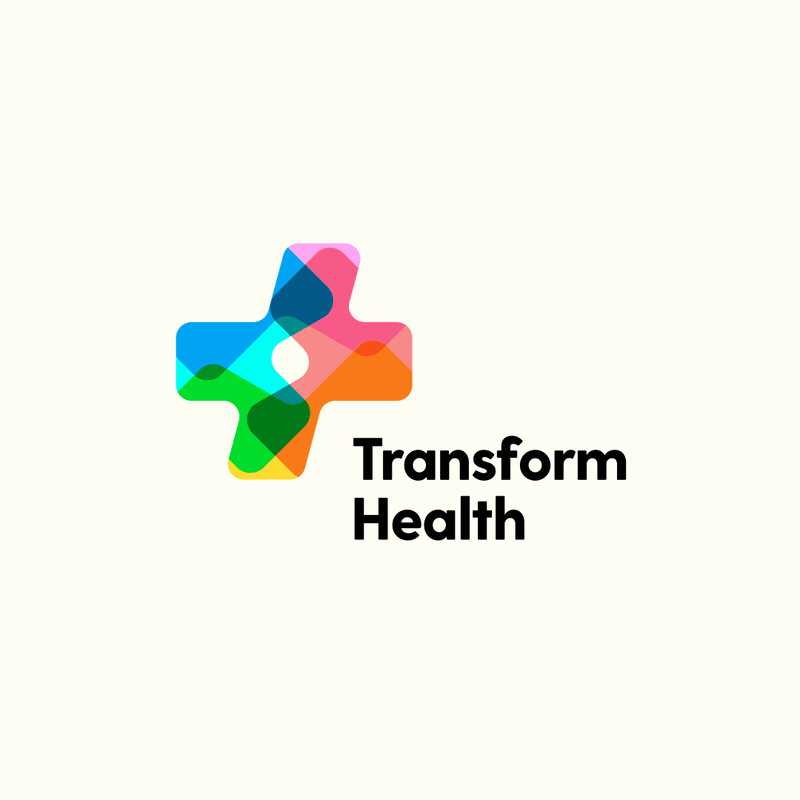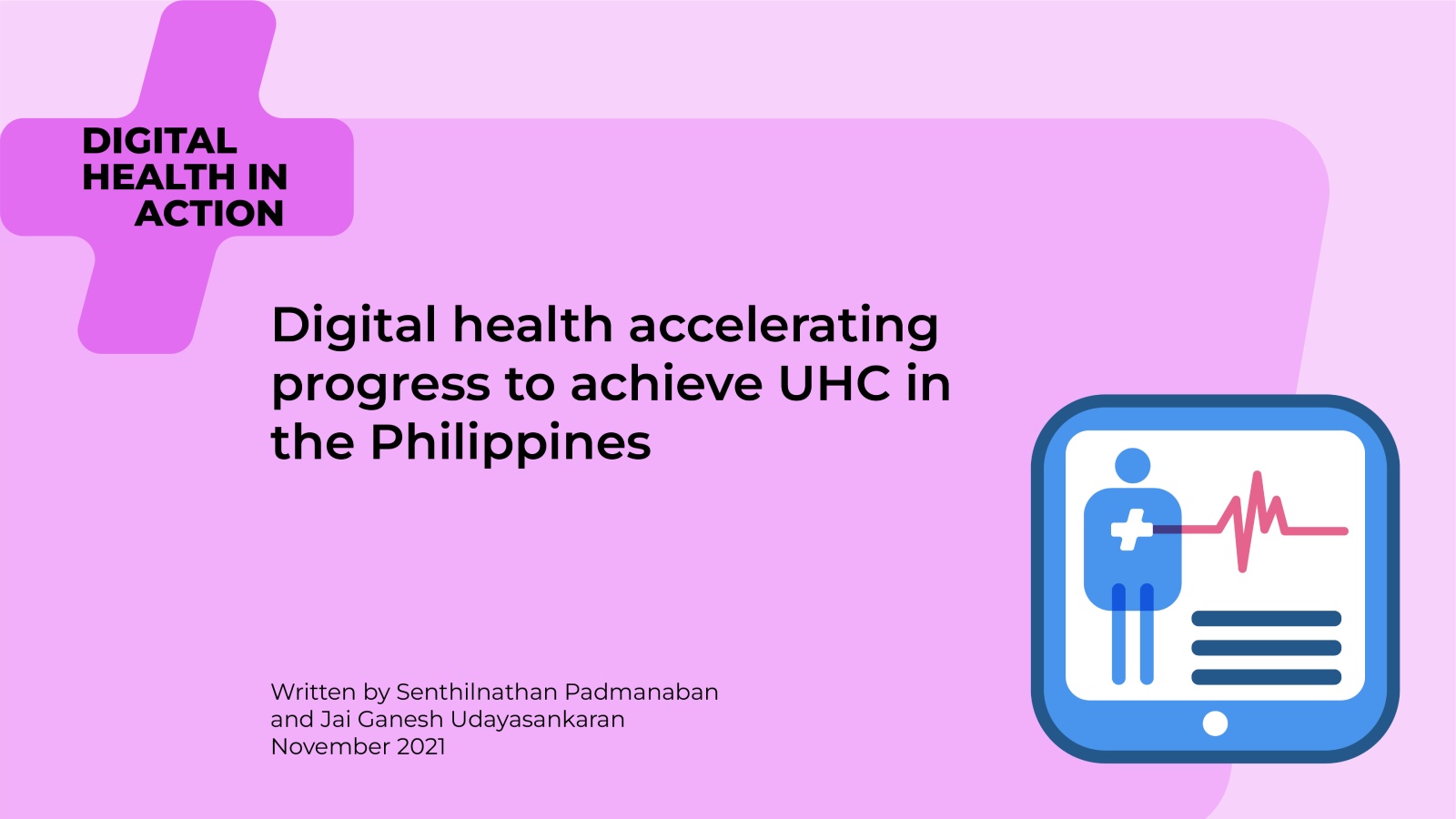From 2012 to today, telemedicine, electronic medical records, information exchange and health privacy have been part of the government’s UHC reforms to revolutionise the Philippine health system. The Philippines’ case of implementing digital health solutions to support UHC presents valuable lessons for other developing countries to emulate.
The Philippines’ journey towards universal health coverage (UHC) started as early as 1969 through the Philippine Medical Care Act. The Philippine Health Insurance Corporation (PhilHealth), which subsequently served as the foundation for the present-day UHC scheme, was introduced in 1995 through the National Health Insurance Act to provide social health insurance to all Filipinos.
There has always been a strong commitment towards UHC and considerable investments in digital health to achieve this goal. A significant political move that attempted to legislate technology to support health services was the introduction of the National Telehealth Service bill in 2009. Since then, several bills to legislate telehealth, health passports, and other eHealth services have been enacted, demonstrating the country’s progressive political commitments towards technology use in improving health services.
In 2012, the Department of Health (DOH) saw telemedicine as the potential solution to reach around 600 municipalities with limited health care access. It implemented the National Telehealth Service Program as part of the 10-point action plan of the Aquino Health Agenda towards Kalusugan Pangkalahatan (Universal Health Care). Furthermore, to create an enabling environment for digital technologies, the DOH and the Department of Science and Technology (DOST), with the support of the World Health Organization Regional Office for the Western Pacific, facilitated the crafting of the Philippine eHealth Strategic Framework and Plan in 2013. This plan served as the roadmap on the use of digital technologies in the health sector.
Improving the country’s digital health ecosystem is also a coalesced process of integrating patient care solutions, improving health care access, and promoting administrative efficiency. A critical indicator for the enhanced digital administrative system in the Philippines is the improved turn-around time for claims processing to 19 days in 2019 from 40 days in 2013. During this time, the DOH and PhilHealth mandated the adoption of electronic medical records in health facilities and deployed projects to establish the country’s health information exchange infrastructure. Through grants, international development partners supported the country’s eHealth vision by building enterprise architecture capacities in the government. Key personnel in the DOH and PhilHealth underwent industry-based IT certification programmes for IT governance, programme management and evaluation.
In 2019, the signing of the Universal Health Care Act served as an impetus to shift many governance paradigms in the health system. PhilHealth expanded its coverage and automatically enrolled all Filipinos under the UHC scheme. Provincial governments are placed in greater accountability to become less dependent on the national government in managing local health systems by integrating services within health care provider networks. Provinces manage the Special Health Fund (SHF), which pools all resources intended for health. Policies and guidelines on digital health are also issued to accelerate technology and optimise the use of data for evidence-based approaches and programme planning. Technology is recognised as an accelerator in linking patient referral mechanisms at provinces and district levels, emphasising expanding access to primary care. Many investments, especially in digital health, are expected to achieve economies of scale through network contracting.
The COVID-19 pandemic has reinforced digital health as a mainstream solution in improving care, underscoring the importance of data privacy and the use of clinical information standards. At the onset of the pandemic, the government developed its case management and surveillance system to track the virus and designed internal and public dashboards for accountability and resource management. It launched a national hotline to address needs for
health information. It scaled telemedicine across the country through a sandbox approach, simultaneously developing regulatory controls towards quality, safety, and efficiency, in partnership with the National Privacy Commission. While the national government deployed a national contact tracing technology, several local governments have developed their own. To link the data submissions, an interoperability team connected these COVID-19 technologies in an ICT ecosystem through HL7-FHIR, a clinical information standard.
Like other countries, technology uptake has become very high in the Philippines during the pandemic. With this, the Department of Information and Communications Technology (DICT) released a policy on vetting and evaluating technologies proposed for nationwide use. This policy and other privacy-preserving data collection and use guidelines brought various discussions on the regulation of technologies for health and the legal and ethical use of data, especially among private companies.
While the above are instrumental, infrastructure and human resource limitations deter broader coverage. Internet connectivity remains a significant hurdle, especially in remote rural areas. The Free Internet Access in Public Places Act of 2017 was enacted, demonstrating the country’s seriousness to overcome poor connectivity. Also, there have been significant efforts to institutionalise digital health capacities in undergraduate and graduate degree curriculum. The Philippine Professional Regulations Commission and the Commission on Higher Education become active partners in the national eHealth expert groups, facilitating the crafting of eHealth curricula and advocacy activities towards the country’s transition from manual and paper-based systems to electronic.
Key lessons:
● Most digital health challenges can’t be addressed nor led to be resolved by the health sector alone. Building information technology infrastructure, regulating digital health innovations, and ensuring lawful use of health data requires joint initiatives with other government agencies.
● Building a cadre of digital health workforce through training within and outside the university and government institutions is a step towards managing change from paper-based reporting systems to the adoption of digital health technologies.
● Establishing enterprise architecture capacities in the government leverages digitisation efforts. A vetted and costed enterprise architecture plan that imbibes the country’s long-term goals can accelerate ICT services, applications, and platforms.
● Strong political commitments (including leadership, legislation, and funding) are quintessential for implementing digital health reforms.
References:
The authors acknowledge the significant contribution of Aliyah Lou A. Evangelista from the National eHealth Program Management Office (Knowledge Management and Information Technology Service, Health Facilities and Infrastructure Development Team), Department of Health – Philippines.


